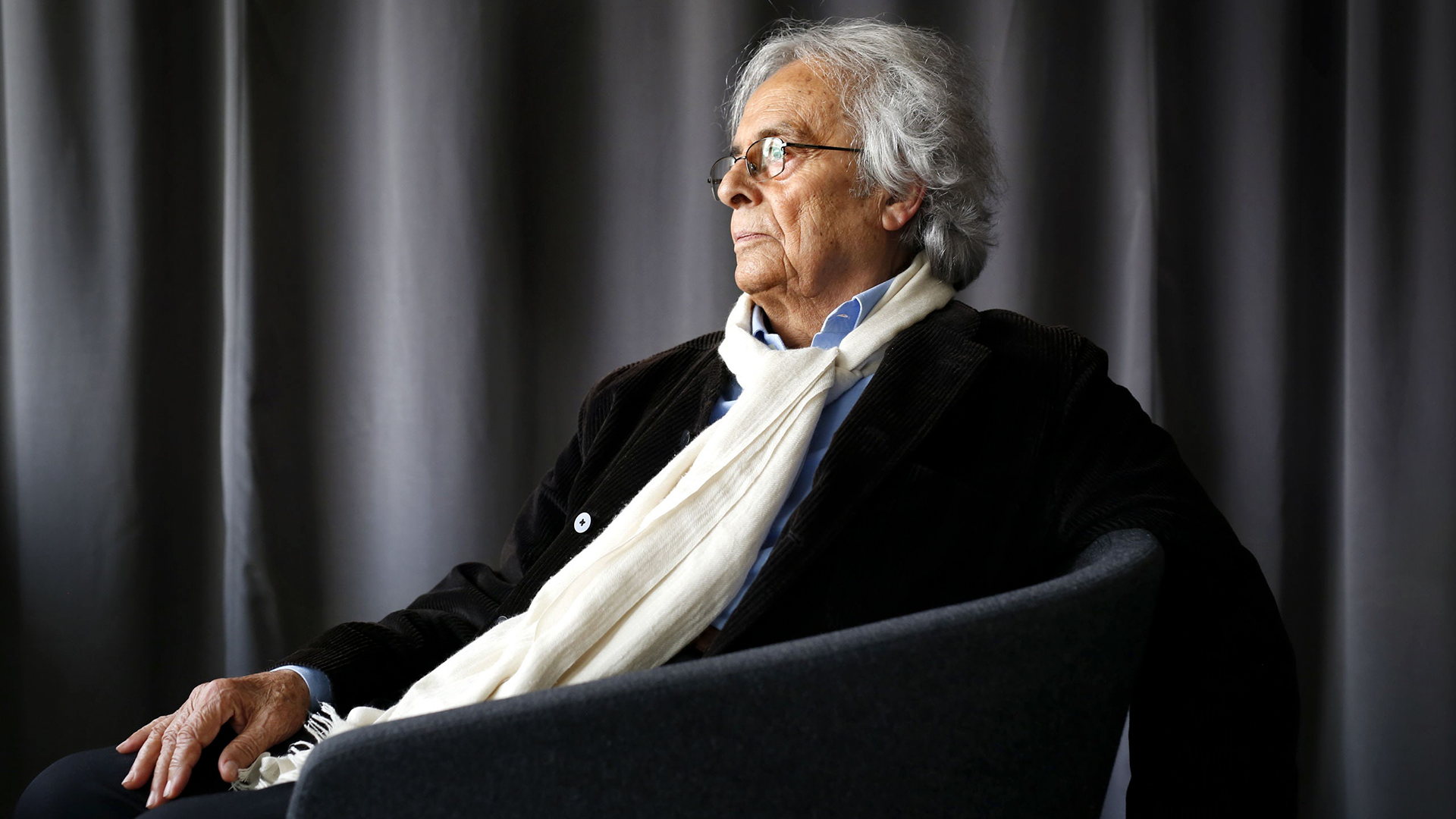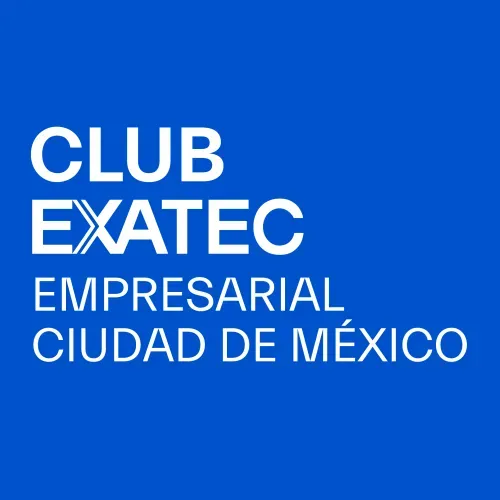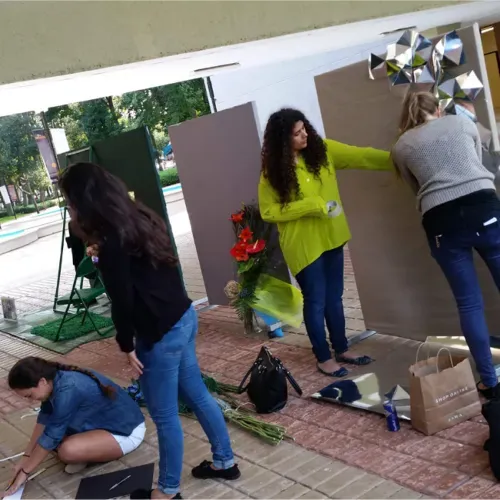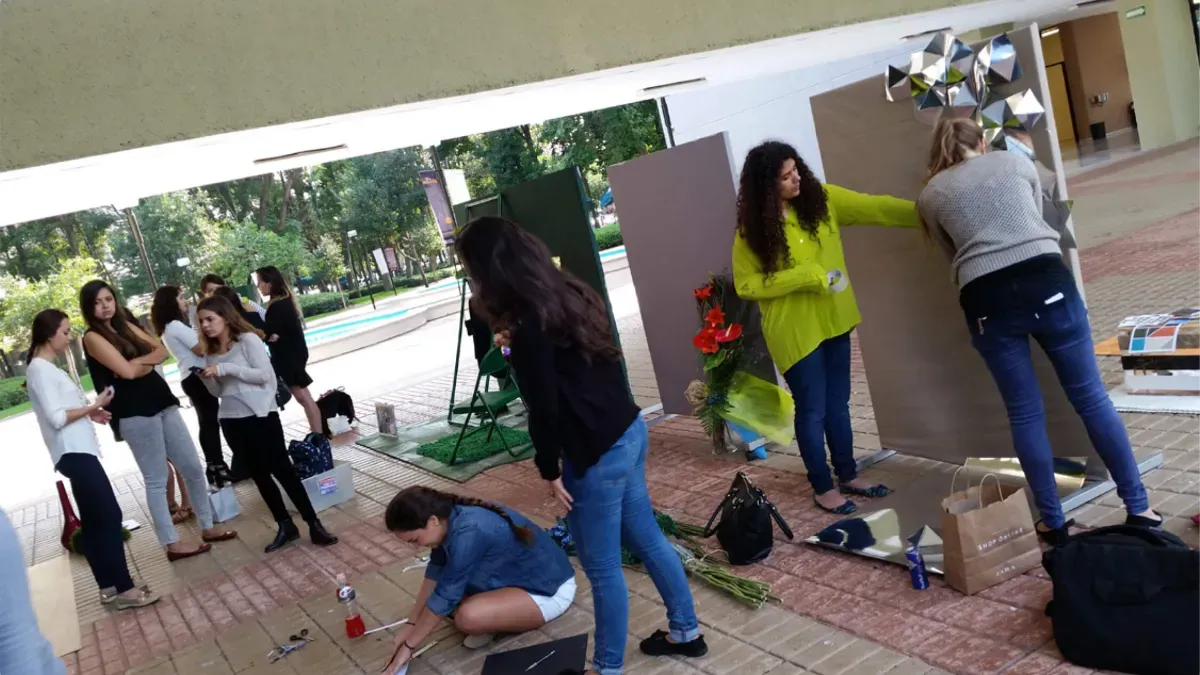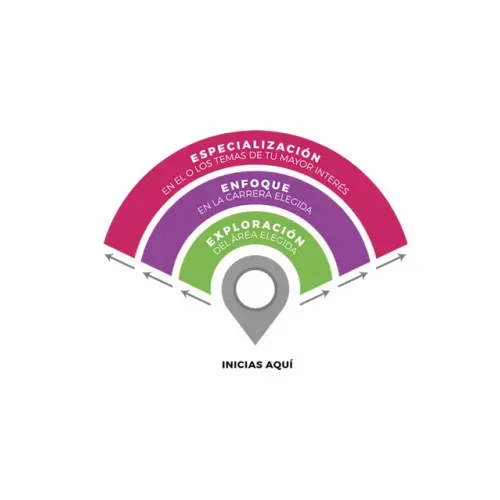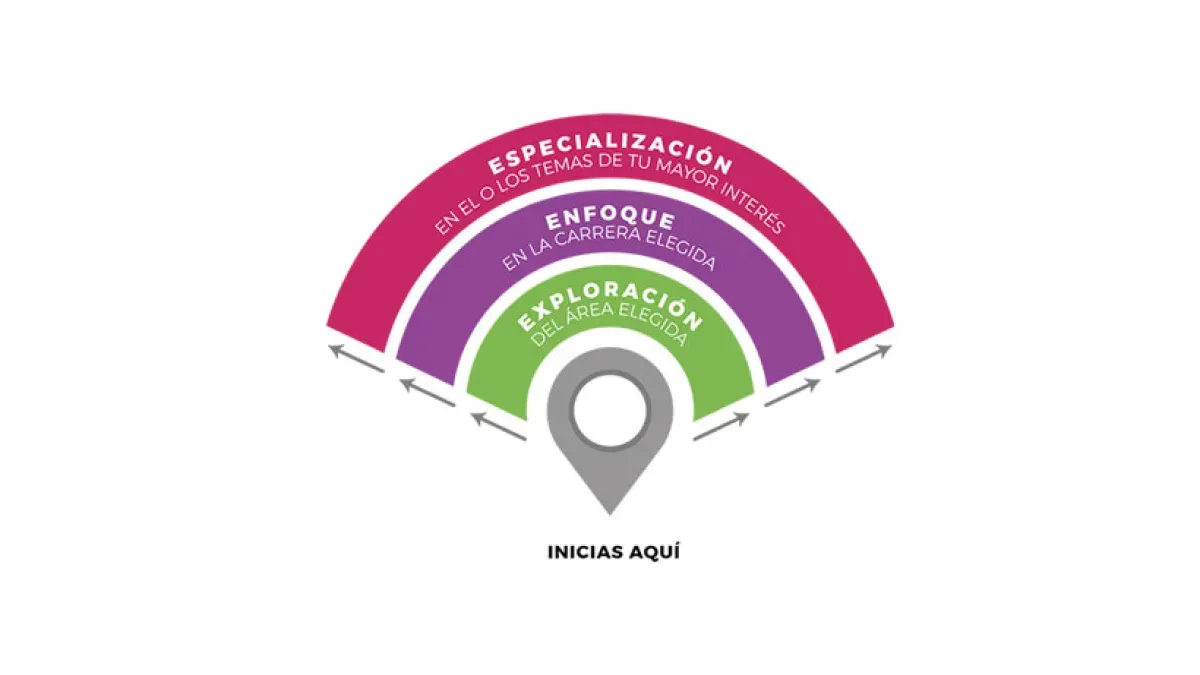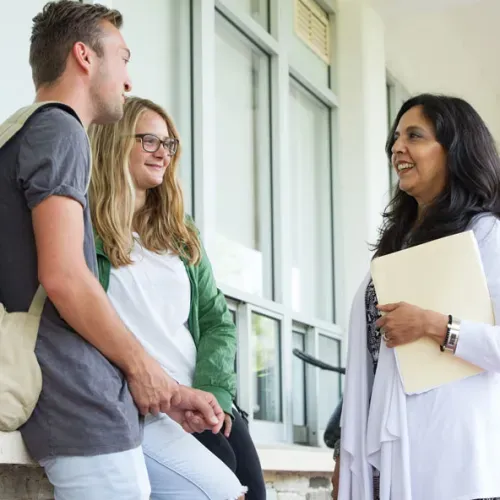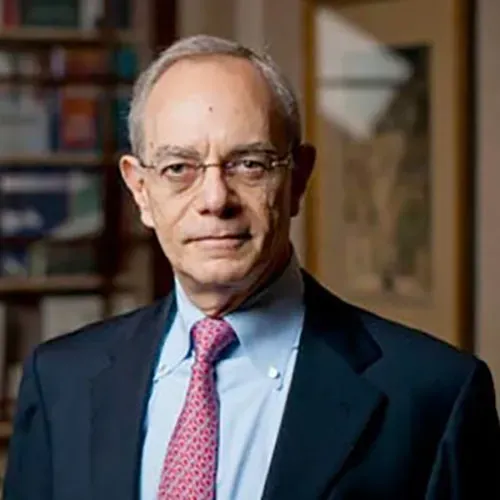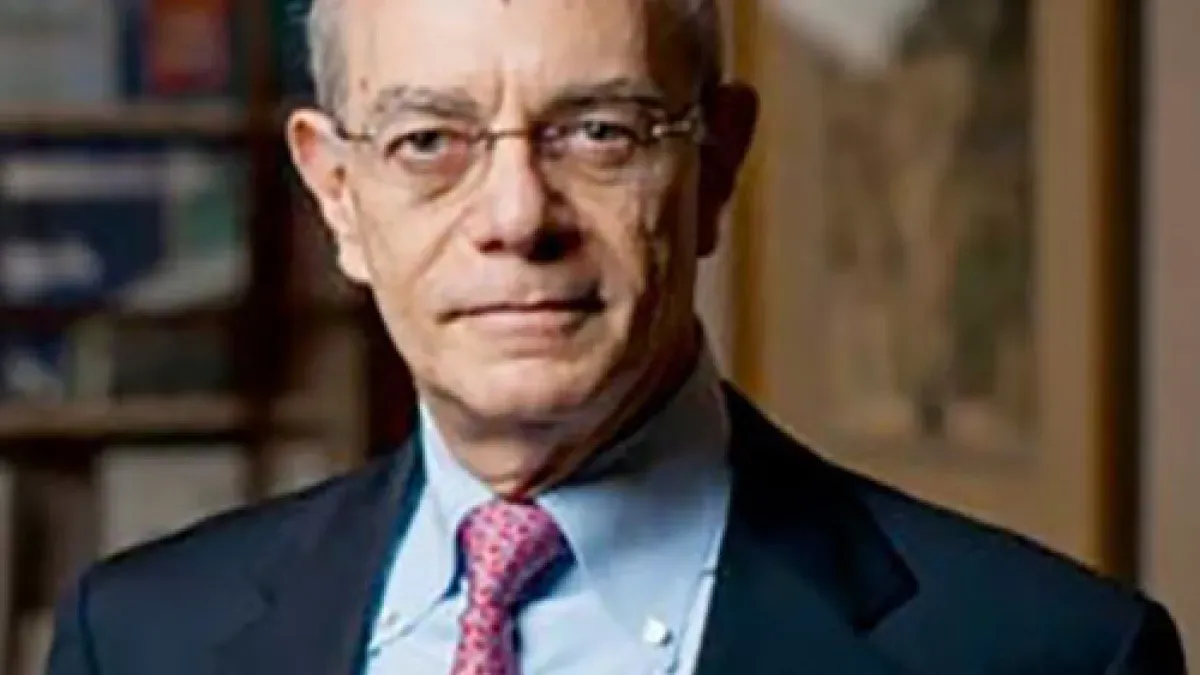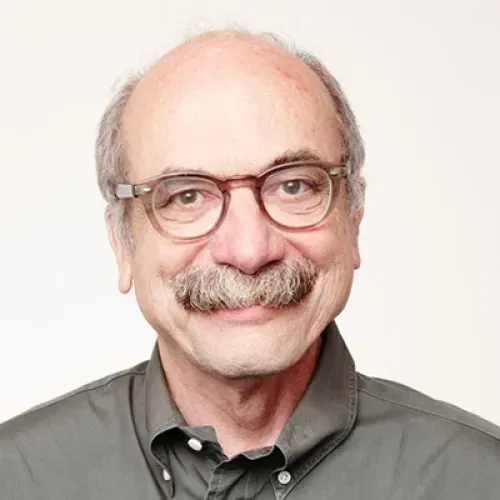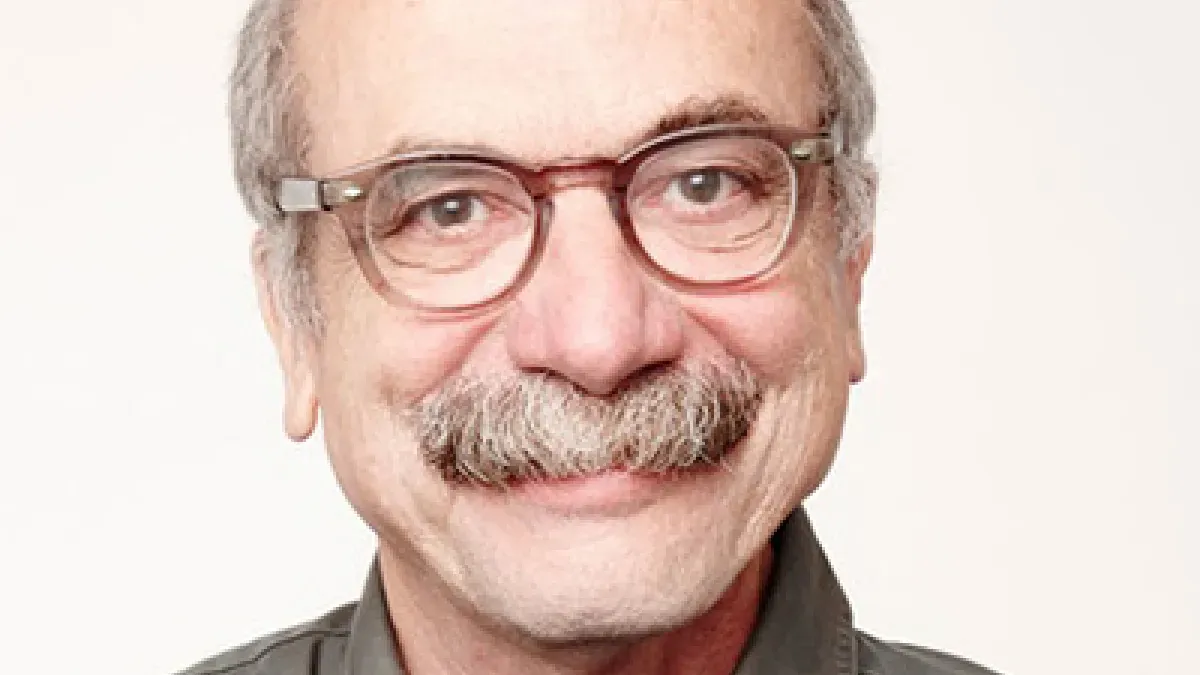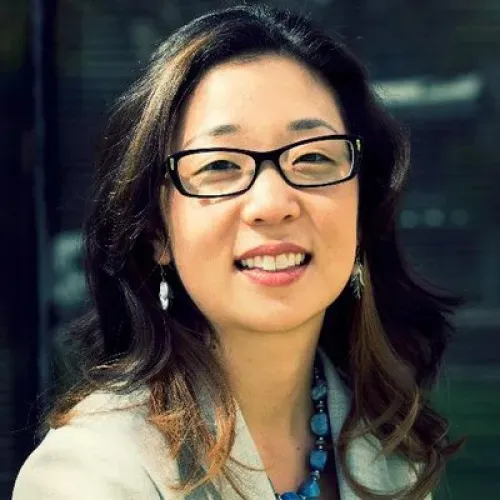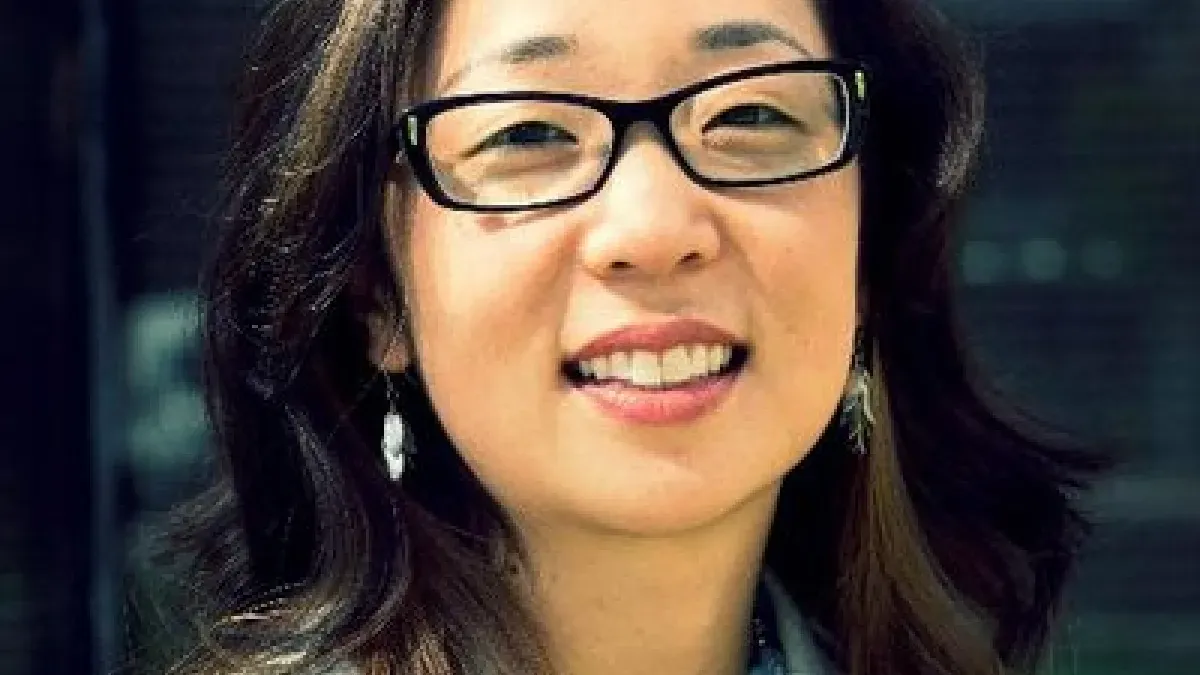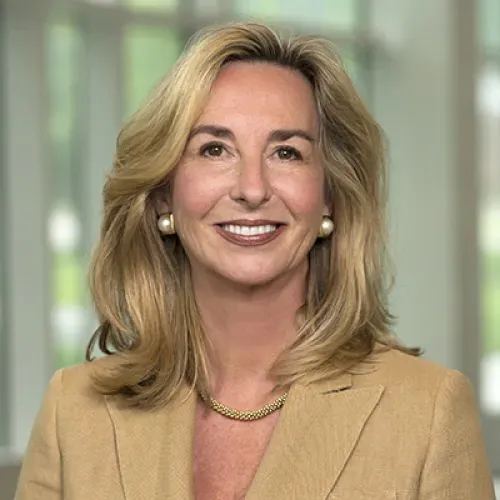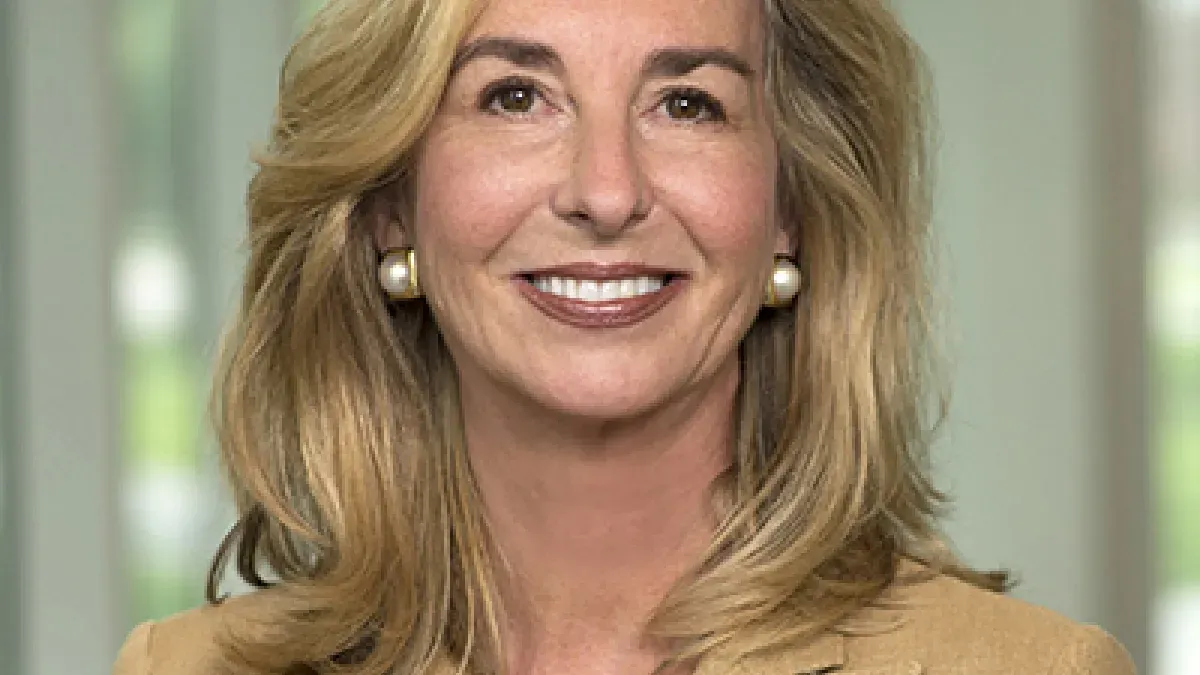Los cien de Pasión por la lectura
Este listado es una guía de recomendaciones integrada por expertos del Tecnológico de Monterrey. Se trata de obras literarias esenciales por su valor histórico y cultural, pero sobre todo, porque quienes comienzan a leerlas, rara vez las quieren abandonar.
1. 1984, George Orwell
2. Ampliación del campo de batalla, Michel Houellebecq
3. Antología de la literatura fantástica, Jorge Luis Borges, Adolfo Bioy Casares y Silvina Ocampo
4. Cándido, Voltaire
5. Cantar del Mío Cid, Anónimo
6. Cien años de soledad, Gabriel García Márquez
7. Crimen y castigo, Fiódor Dostoyevski
8. Cuentos, Horacio Quiroga
9. Cumbres borrascosas, Emily Brönte
10. Desgracia, J. M. Coetzee
11. Don Quijote de la Mancha, Miguel de Cervantes Saavedra
12. Drácula, Bram Stoker
13. Dublineses, James Joyce
14. Edipo, Rey Sófocles
15. El conde de Montecristo, Alejandro Dumas, Padre
16. El corazón de las tinieblas, Joseph Conrad
17. El extranjero, Albert Camus
18. El extraño caso del Dr. Jekyll y Mr. Hyde, Robert Louis Stevenson
19. El guardián entre el centeno, J.D. Salinger
20. El juguete rabioso, Roberto Arlt
21. El maestro y Margarita, Mijail Bulgákov
22. El muro, Jean Paul Sartre
23. El nombre de la rosa, Umberto Eco
24. El perfume, Patrick Süskind
25. El pozo, Juan Carlos Onetti
26. El Principito, Antoine de Saint-Exupéry
27. El retrato de Dorian Gray, Oscar Wilde
28. El señor de las moscas, William Golding
29. El Señor de los Anillos, J.R.R. Tolkien
30. El túnel, Ernesto Sabato
31. El último encuentro, Sándor Márai
32. Ensayo sobre la ceguera, José Saramago
33. Este lado del paraíso, F. S. Fitzgerald
34. Fahrenheit 451, Ray Bradbury
35. Ficciones, Jorge Luis Borges
36. Frankenstein, Mary W. Shelley
37. Hamlet, William Shakespeare
38. La casa de Bernarda Alba, Federico García Lorca
39. La casa de las bellas durmientes, Yasunari Kawabata
40. La Celestina, Fernando de Rojas
41. La divina comedia, Dante Alighieri
42. La fiesta del chivo, Mario Vargas Llosa
43. La insoportable levedad del ser, Milan Kundera
44. La metamorfosis, Franz Kafka
45. La muerte de Iván Ilich, León Tolstoi
46. La muerte en Venecia, Thomas Mann
47. La piel de zapa, Honoré de Balzac
48. La señora Dalloway, Virginia Woolf
49. La tregua, Mario Benedetti
50. La vida es sueño, Pedro Calderón de la Barca
51. Las flores del mal, Charles Baudelaire
52. Las relaciones peligrosas, Choderlos de Laclos
53. Las tribulaciones del estudiante Törless, Robert Musil
54. Lazarillo de Tormes, Anónimo
55. Libro del desasosiego, Fernando Pessoa
56. Lolita, Vladimir Nabokov
57. Los detectives salvajes, Roberto Bolaño
58. Los miserables, Víctor Hugo
59. Madame Bovary, Gustave Flaubert
60. Memorias de Adriano, Marguerite Yourcenar
61. Moby Dick, Herman Melville
62. Nada, Carmen Laforet
63. Narraciones extraordinarias, Edgar Allan Poe
64. Odisea, Homero
65. Orgullo y prejuicio, Jane Austen
66. Rayuela, Julio Cortázar
67. Rojo y negro, Stendhal
68. Seis personajes en busca de autor, Luigi Pirandello
69. Siddharta, Herman Hesse
70. Sostiene Pereira, Antonio Tabucchi
71. Sylvie, Gérard de Nerval
72. Tokio blues, Haruki Murakami
73. Un mundo feliz, Aldous Huxley
74. Veinte poemas de amor y una canción desesperada, Pablo Neruda
75. Werther, J. W. Goethe
Capítulo "Comprender México"
76. Al filo del agua, Agustín Yáñez
77. Amor perdido, Carlos Monsiváis
78. Aura, Carlos Fuentes
79. Balún Canán, Rosario Castellanos
80. Biografía del poder, Enrique Krauze
81. Confabulario, Juan José Arreola
82. El laberinto de la soledad, Octavio Paz
83. El Zarco, Ignacio M. Altamirano
84. La noche de Tlatelolco, Elena Poniatowska
85. La sombra del caudillo, Martín Luis Guzmán
86. La visión de los vencidos, Miguel León-Portilla
87. Las batallas en el desierto, José Emilio Pacheco
88. Lírica personal, Sor Juana Inés de la Cruz
89. Los de abajo, Mariano Azuela
90. Los recuerdos del porvenir, Elena Garro
91. Los relámpagos de agosto, Jorge Ibargüengoitia
92. Memorias, Fray Servando Teresa de Mier
93. México, Alfonso Reyes
94. Muerte sin fin, José Gorostiza
95. Noticias del imperio, Fernando del Paso
96. Nueva historia mínima de México, Autores varios (COLMEX)
97. Pedro Páramo, Juan Rulfo
98. Poesía en movimiento, Octavio Paz et al.
99. Suave patria, Ramón López Velarde
100. Ulises criollo, José Vasconcelos

